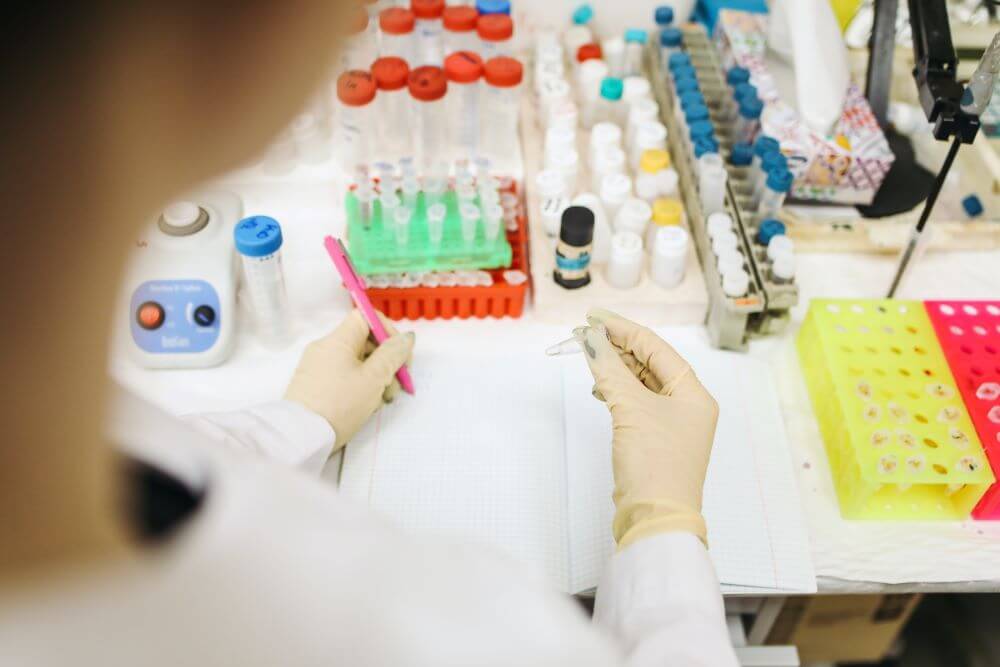Scientists investigate thousands of new drug ideas each year. Whilst many of these ideas are taken through to clinical stages of development, not all drugs successfully make it to market.
There are 3 main stages of clinical trials: phases 1, 2 and 3. At the end of each phase, investigators and regulatory authorities evaluate whether the drug can pass through to the next phase, or whether the drug has failed to reach the required criteria.
Development drugs can fail at any stage in clinical trials, most likely if they are deemed unsafe, ineffective or unpromising.
But for drugs that have shown success in phases 1 and 2, what causes drugs to fail in phase 3?
This article investigates the factors surrounding drug failure in phase 3 clinical trials, as well as ways to minimise the risk of failure with effective clinical trial management.
Why do phase 3 clinical trials fail?
There are several factors that can lead to drug failure in phase 3 clinical trials. The most common reasons for drug failure in this final development stage are:
- Lack of efficacy
- Lack of safety
- Lack of commercial value
If the trial cannot prove that the development drug is safe and efficacious during phase 3 research, then it is likely that the drug will be rejected by the regulatory authorities. Additionally, if the drug does not show commercial viability, it may not receive the financial investment needed to develop and market the drug.
Each of these factors result in the same outcome, that the drug cannot proceed to market, and cannot be prescribed by doctors and medical professionals.
Efficacy
The most common factor associated with drug failure in phase 3 clinical trials is the lack of evidence to support efficacy. This evidence is used to support the claim that the drug performs well with the intended effect, and will benefit the individual.
The primary efficacy endpoint is usually established at the beginning of the research. This endpoint might not necessarily be to fully treat the disease, but it will usually define some kind of beneficial effect.
For example, a new drug may be developed with the aim of reducing the number of side effects associated with the standard treatment. Or, to improve the quality of life for patients, which can be a more common efficacy endpoint in oncology clinical trials.
When this endpoint is not met in phase 3, the drug is considered inefficacious and classified as a failure. In many cases, efficacy cannot be proved, and thus the drug cannot be approved for market use.
Of the 640 clinical trials studied, Hwang et al (2016) found that 57% of failed phase 3 clinical trials occurred as a result of inadequate efficacy data.
Safety
Drug safety is monitored at every stage of the clinical trial, and even beyond with post-market monitoring.
At phase 3, the drug will have been tested for some time. Over this period, certain adverse effects will have been identified in phases 1 and 2, although it is possible for previously unidentified risks and side effects to appear in phase 3.
Research by Hwang et al (2016) found that safety issues accounted for around 17% of phase 3 trial failures.
Commercial viability
Another common reason for drug failure in phase 3 clinical trials is a lack of data to support the drug’s commercial viability. If a drug is proven to be safer and more beneficial than standard treatments, it is much more likely to receive investment.
However, if investors do not consider the data to be strong enough, they may be less likely to fund its development into market use.
Impact of phase 3 failures
The impact of phase 3 clinical trial failures is significant, particularly in comparison to trials that fail at earlier stages, such as phase 1 or 2.
Clinical trials take place over several years, and by stage 3, failure can feel particularly poignant for everybody involved. For investigators, patients, sponsors and investors.
Impact on patients
By phase 3, patients and volunteers will have committed a lot of time and effort to the process, with many clinical trials involving burdensome procedures. For the outcome of the trial to be a failure in its final phase, committed patients are likely to feel disappointed by the result.
Failure can have a particularly negative impact on clinical trial patients seeking to find a viable treatment option. Patients with rare diseases or cancer are sometimes referred to participate in clinical trials if there are limited, if any, alternative treatments available.
For these patients, the clinical trial can be the last hope for a potential cure.
Failed phase 3 research can have a deeply negative impact on these individuals, affecting quality of life and emotional wellbeing, making it important to devise an appropriate patient engagement strategy.
Financial impacts
Additionally, phase 3 trial failures can have significant financial impacts. New drugs receive substantial financial investments in order to facilitate research and development.
In the event of clinical trial failure, there are of course serious financial consequences when research and development has not produced a successful drug.
Reducing the risk of phase 3 trial failure
Phase 3 trial failure is not something that can be totally avoided, but the risk of failure can certainly be reduced with an appropriate clinical trial design.
It cannot be known for sure whether a new treatment works or not, and whether it is safe until it is tested in clinical trials. As a result, any clinical trial drug has the potential to fail during phase 3 research.
Clinical trial design
One of the major drivers of failure in phase 3 trials is flawed clinical trial designs. An optimised clinical trial design helps mitigate late-stage failure risk, with the right protocols in place to promote:
- Efficient communication between investigators, sponsors and patients
- Timely and supportive insights into safety and efficacy
- Timely regulatory approval
Companies must take a rigorous approach to their protocol review and optimisation process, identifying areas that can make phase 3 trials more complicated.
The trial design should ideally account for these potential complications in order to facilitate better protocols. For instance, specifying a secondary objective for the trial that will bring commercial value.
Such decisions could potentially have impacts such as prolonging the study, and thus trial designers must weigh up these trade-offs.
Is a ‘failed’ clinical trial really a failure?
The term ‘failed trial’ indicates that the trial has been a complete non-success, but this is not the case.
Even for drugs that do not pass the final phase of clinical trials, there is still a lot of medical knowledge and insight to draw from the process. For instance, trial data can provide proof of concepts or proof of drug mechanisms that require further investigation in order to become successful drugs.
It is not uncommon for drugs to fail clinical trials. Trial drugs undergo extensive testing and must meet a range of strict criteria in order to be approved for market use. This usually requires evidence that the drug is safer and more effective than the current standard treatment on the market.
Conclusions
In summary, the main three reasons for drug failure during phase 3 of clinical trials is often due to a lack of supporting data around efficacy, safety and commercial viability.
Without proof of efficacy and safety, a drug cannot be approved for market use. And without commercial viability, the drug is unlikely to receive investment.
Additionally, preventative methods such as an agile clinical trial design can help mitigate the risk of late-stage failure.
Clinical trial management
At Simbec-Orion, we have a wealth of experience in clinical trial management. As a full-service CRO, we can help take your drug to market with an agile clinical trial design. Speak to our team to find out more or get started.
References
Hwang, T. J., Carpenter, D., Lauffenburger, J. C., Wang, B., Franklin, J. M., & Kesselheim, A. S. (2016). Failure of investigational drugs in late-stage clinical development and publication of trial results. JAMA internal medicine, 176(12), 1826-1833.





